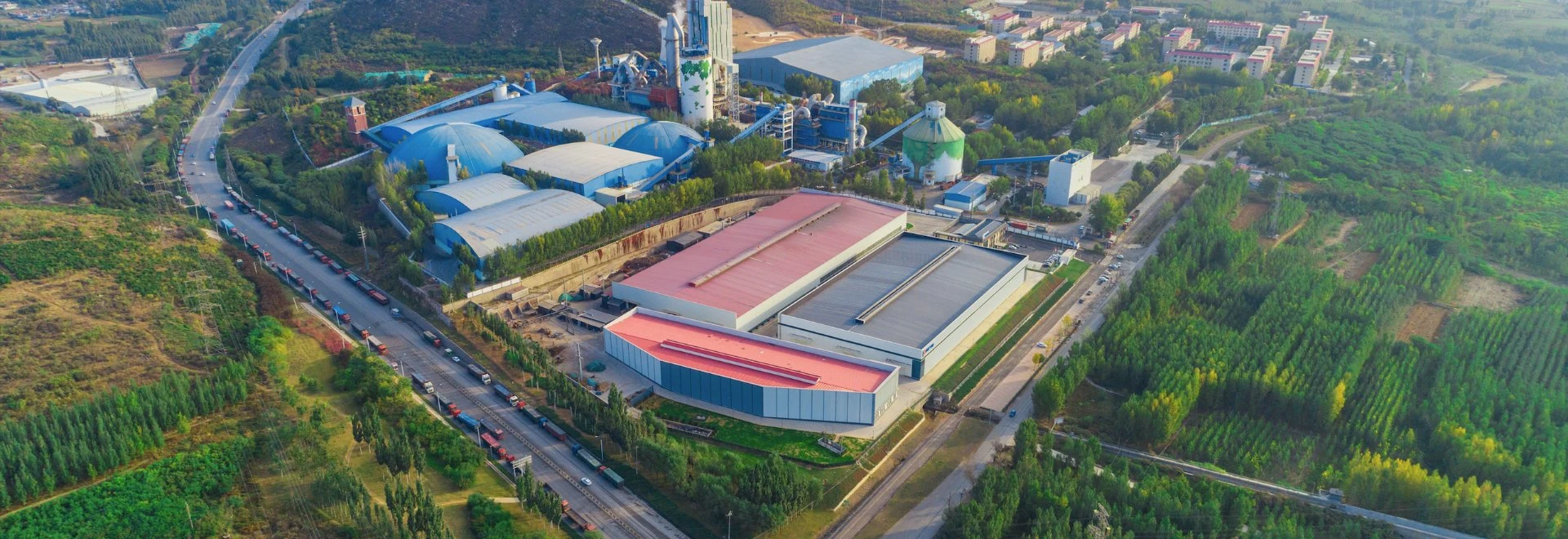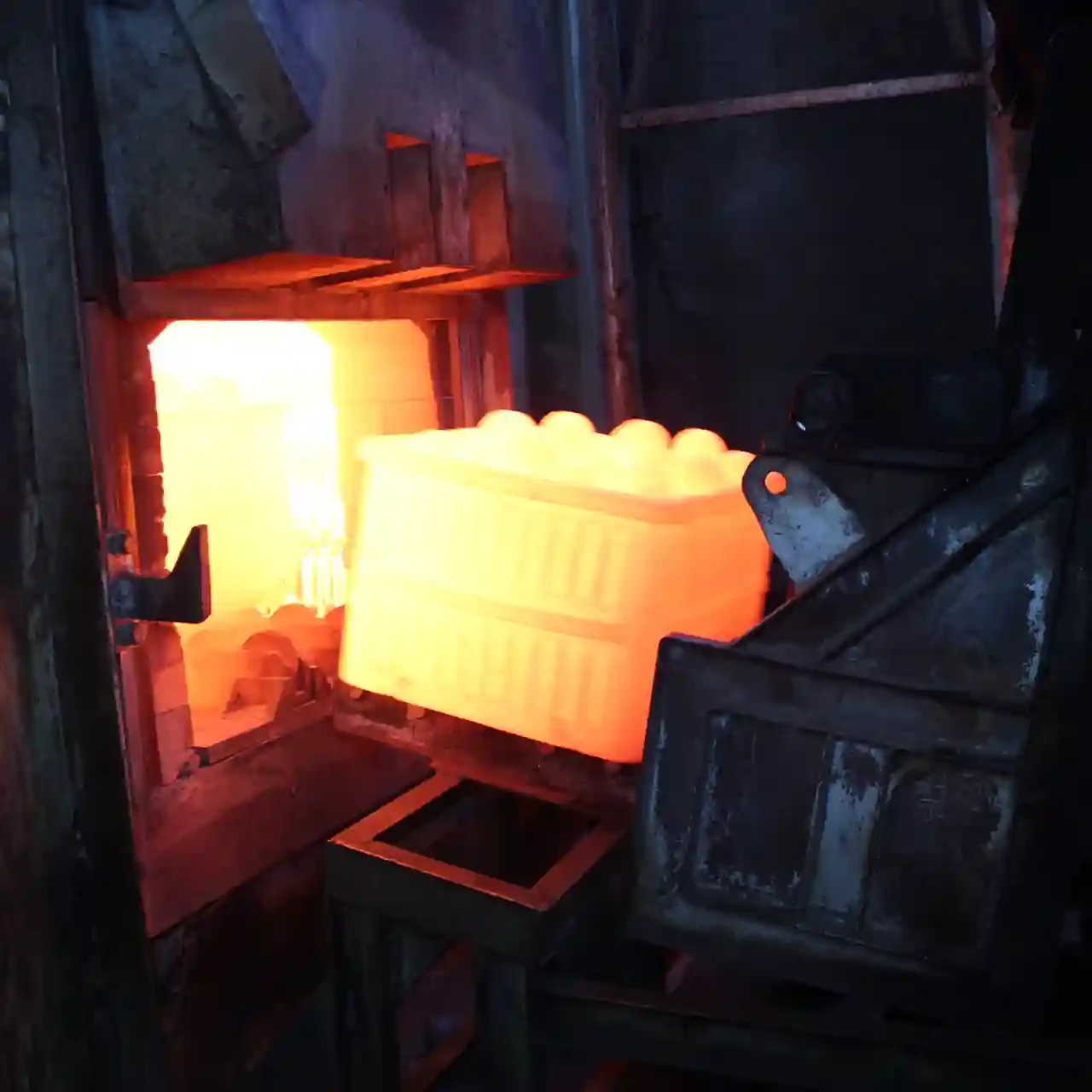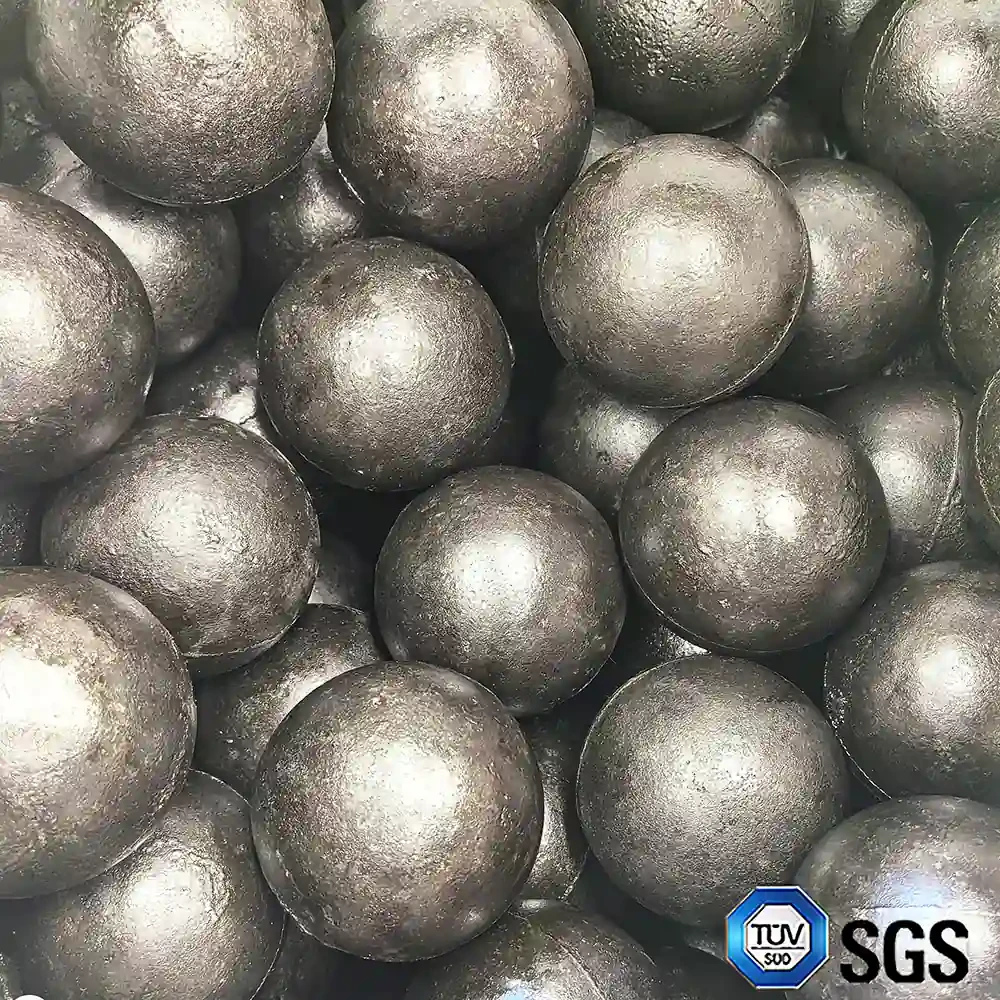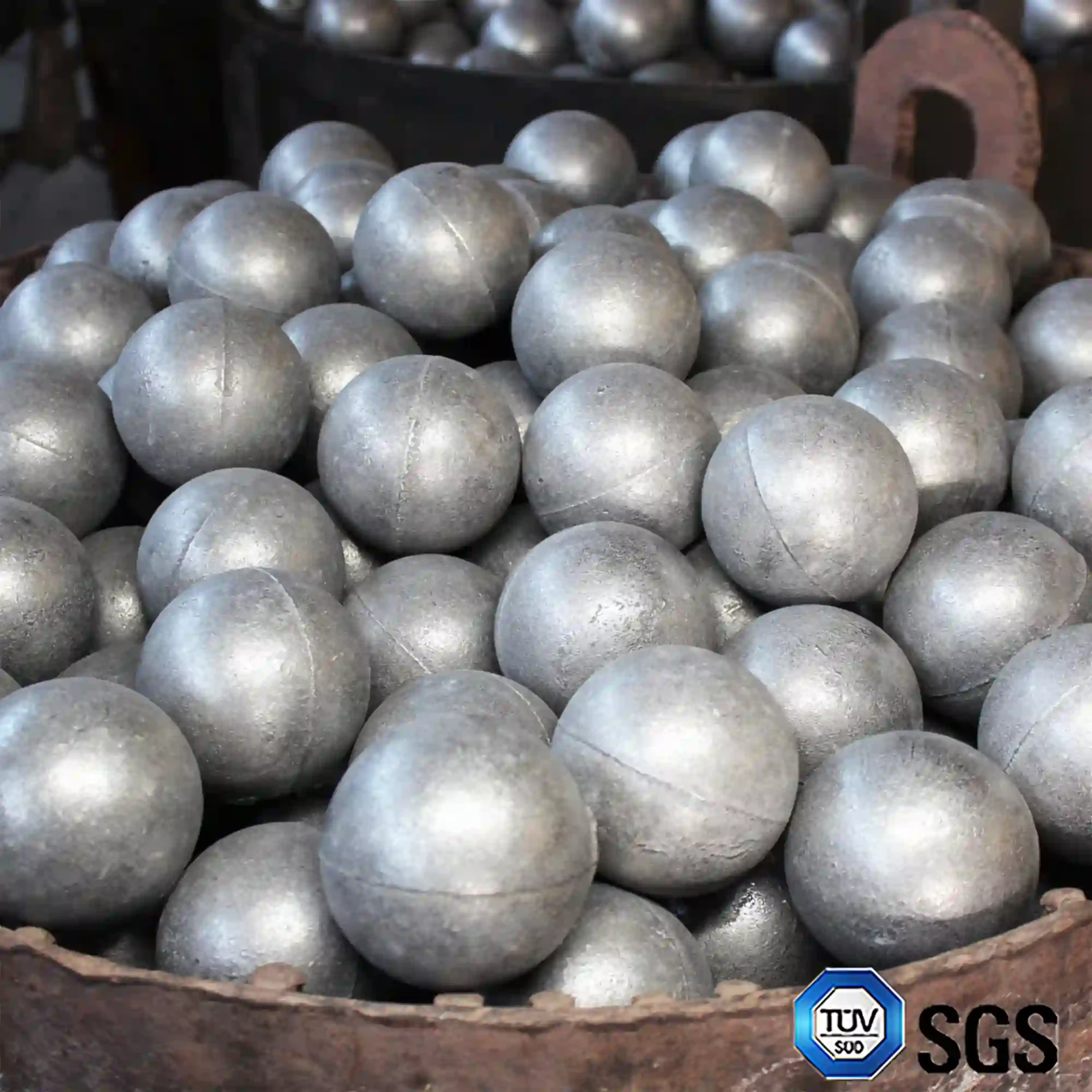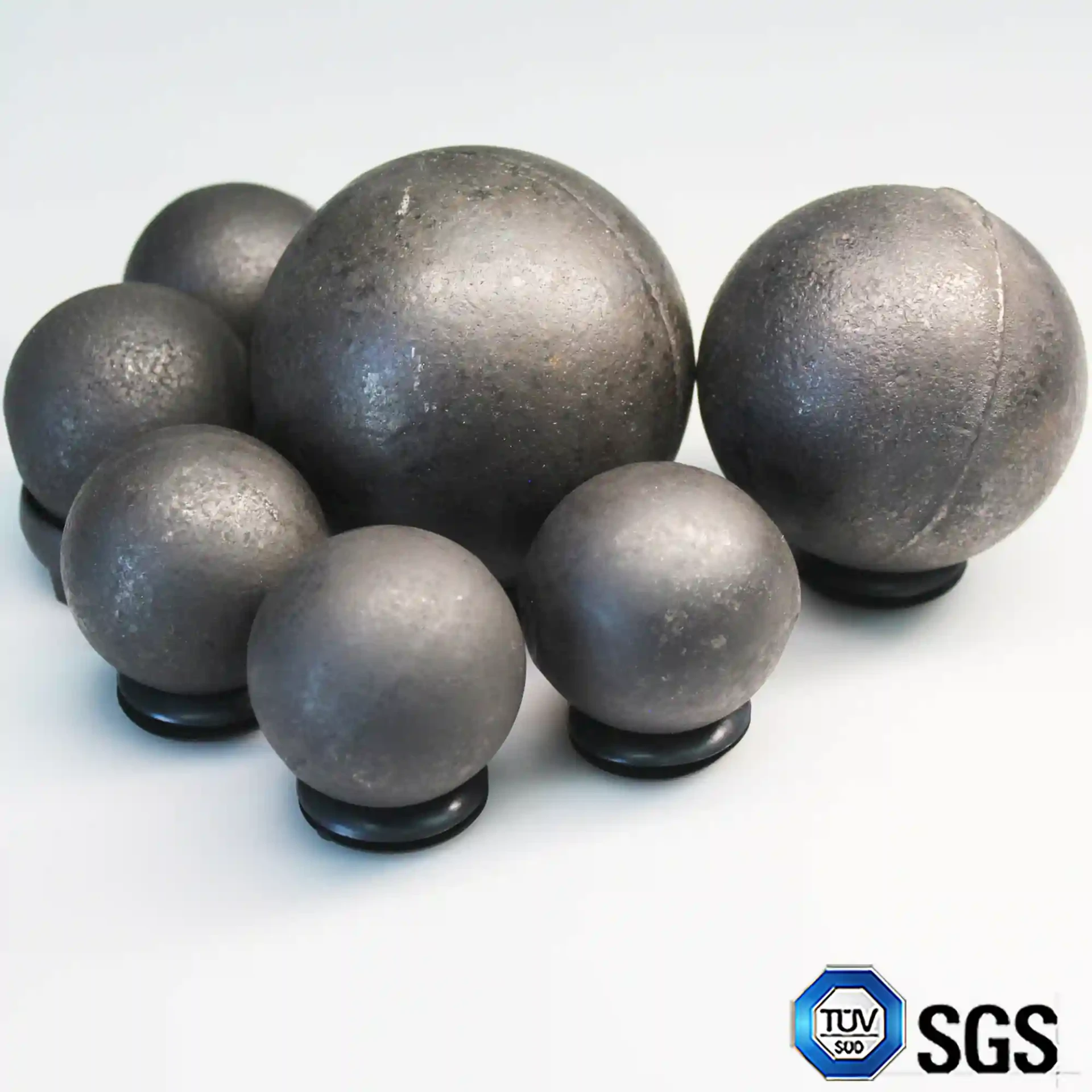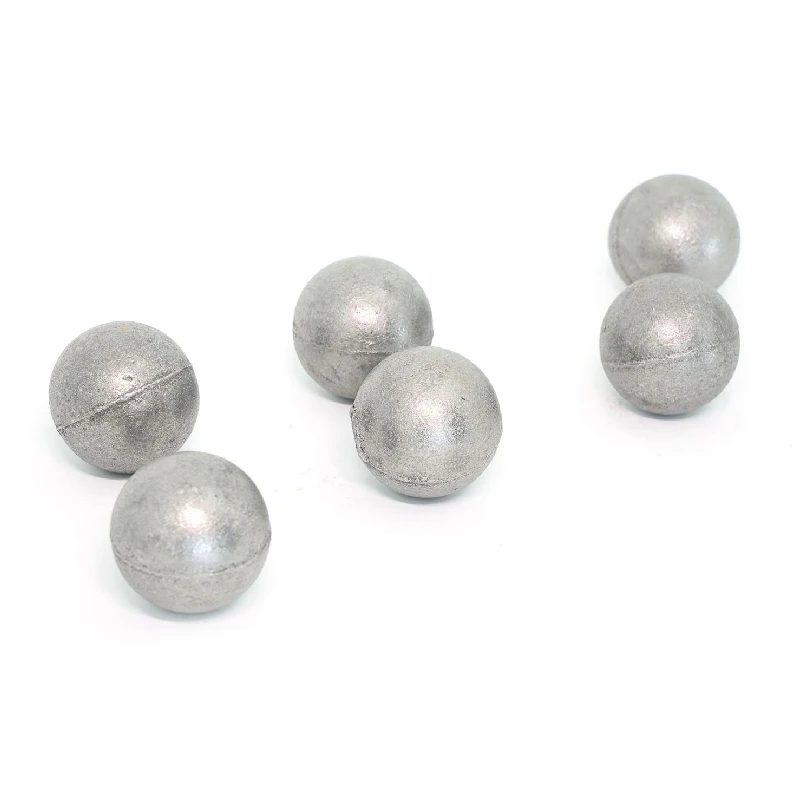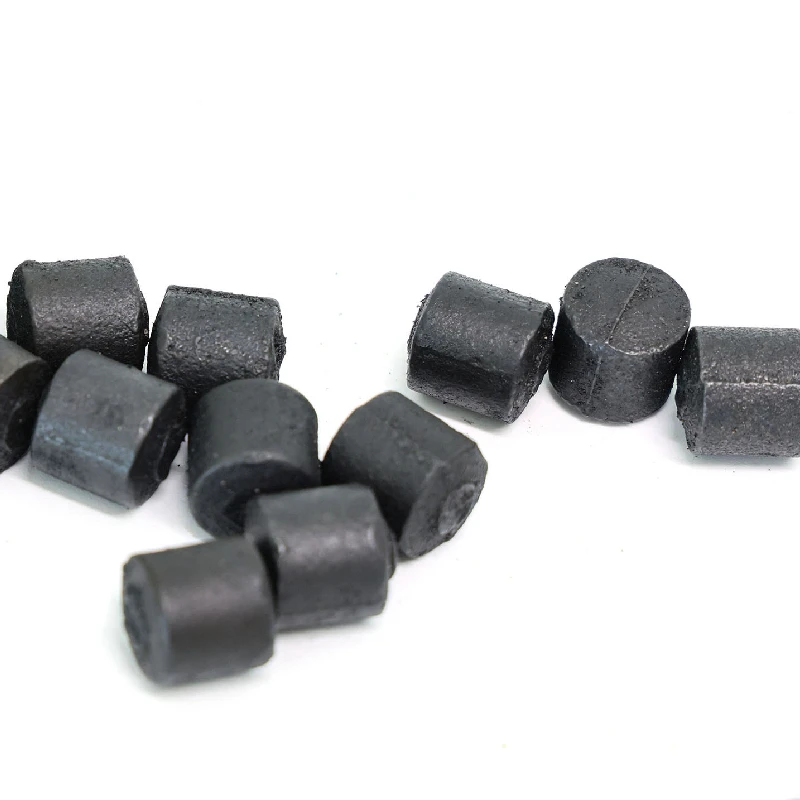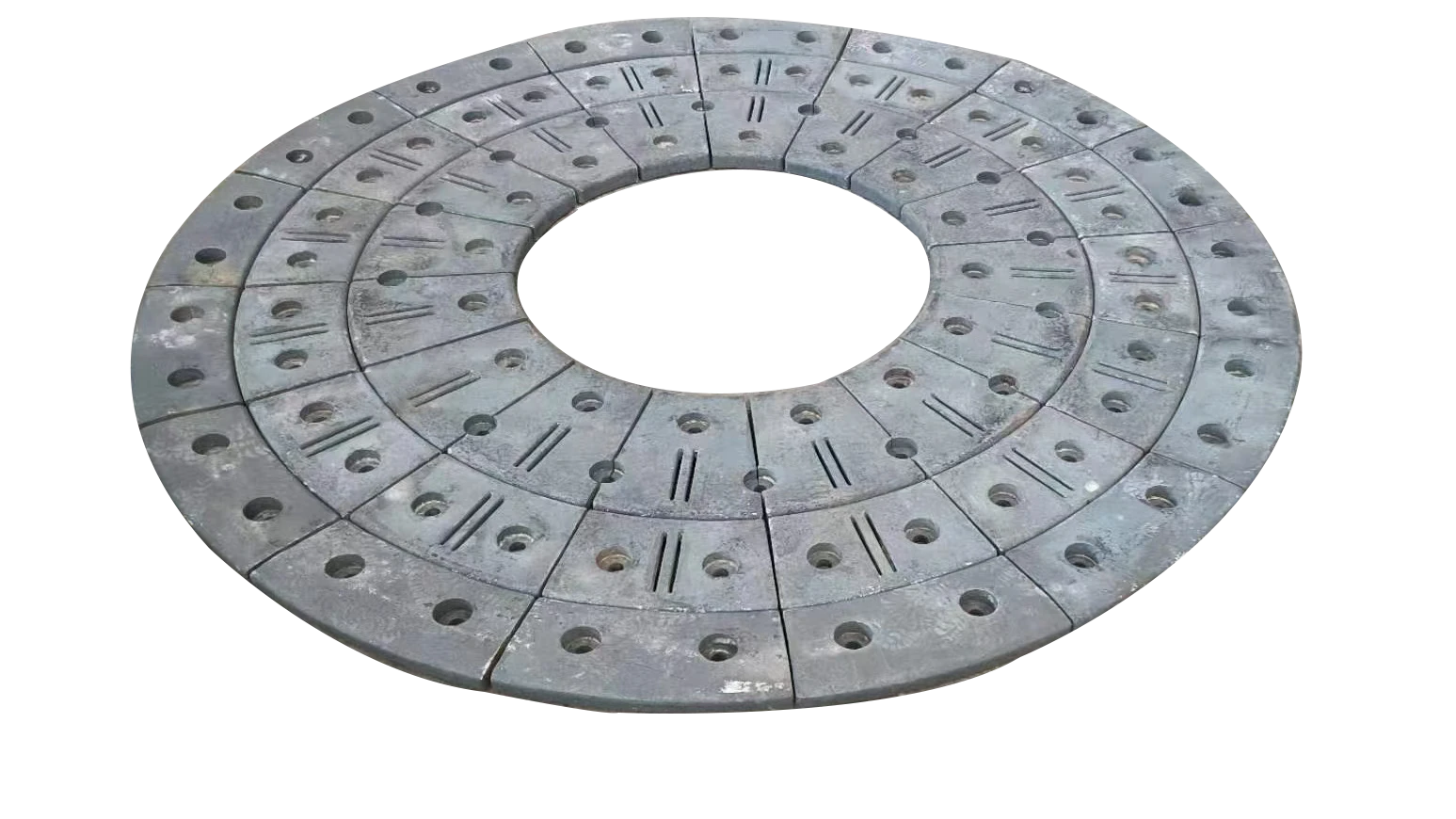Aug . 16, 2025 04:40 Back to list
Durable Chromium Carbide Liners for Extreme Abrasion
The Indispensable Role of Chromium Carbide Liners in Industrial Durability
In the demanding landscape of modern industrial operations, where equipment is subjected to relentless wear, abrasion, and impact, the strategic selection of wear-resistant materials is paramount for operational efficiency and cost control. Among the myriad of available solutions, the chromium carbide liner stands out as a superior choice, engineered to offer unparalleled resistance to severe abrasive wear and erosion. These high-chromium alloy liners are specifically designed to protect critical components within machinery, extending their service life significantly and reducing downtime. Industries ranging from mining and cement production to power generation and petrochemicals critically rely on such advanced material solutions to maintain continuous operation and achieve higher throughput. Unlike traditional materials such as manganese plate or manganese steel, which exhibit good impact toughness but struggle with high-stress abrasive wear, chromium carbide compositions provide a surface hardness that drastically mitigates material loss. The integration of advanced metallurgical knowledge and manufacturing precision ensures that each chromium carbide liner delivers consistent performance even under the most extreme conditions, embodying a perfect blend of material science and engineering excellence that translates directly into tangible operational benefits and significant long-term savings. The ongoing evolution in material science continues to push the boundaries, but the inherent characteristics of high chromium alloys position them at the forefront of wear protection technology, making them an essential asset for any heavy-duty industrial application.
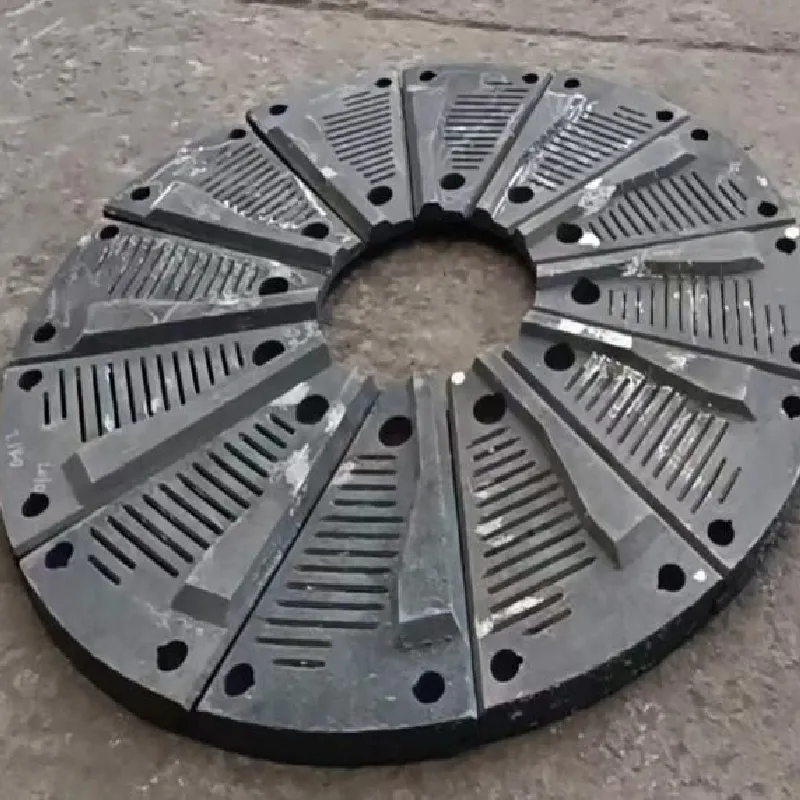
The Advanced Manufacturing Process of High Chromium Alloy Liners
The production of a chromium carbide liner is a sophisticated process that leverages advanced metallurgical techniques to achieve its renowned wear resistance. The journey begins with the meticulous selection of raw materials, primarily high-carbon, high-chromium white cast iron. Key alloying elements, including chromium (typically 12-30%), carbon (2.5-4.5%), and often trace amounts of molybdenum, vanadium, or nickel, are carefully controlled to form hard, complex carbides within a tough matrix, primarily M7C3 type chromium carbides. The primary manufacturing method is casting, where molten metal, refined to precise chemical compositions, is poured into custom molds. This casting process is critical, as it dictates the microstructure, grain size, and distribution of carbides, which directly influence the final wear properties. Following casting, a crucial heat treatment process, often involving solution annealing and tempering, is employed. This step refines the microstructure, enhances hardness, and relieves internal stresses, optimizing the liner's resistance to impact and abrasion. For complex geometries or specific tolerances, subsequent CNC machining may be performed, though the extreme hardness of these materials necessitates specialized tooling and techniques. Throughout the entire manufacturing chain, stringent quality control measures are implemented, adhering to international standards such as ISO 9001 for quality management systems and ANSI standards for product specifications. Non-destructive testing methods like ultrasonic testing and magnetic particle inspection ensure internal soundness, while hardness testing (e.g., Rockwell, Brinell) and microstructural analysis confirm the desired metallurgical properties. This rigorous process ensures that each chromium carbide liner meets the highest performance benchmarks, offering an extended service life often several times longer than conventional wear-resistant materials, contributing significantly to operational reliability in sectors like petrochemicals, metallurgy, and water treatment where consistent performance is non-negotiable.
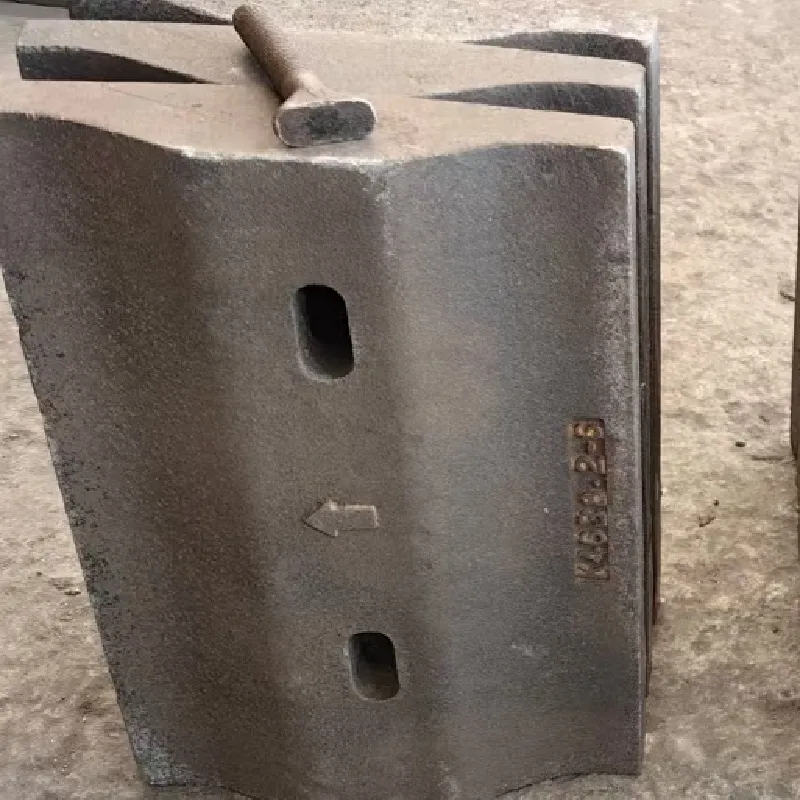
Key Technical Parameters and Performance Superiority
The exceptional performance of a chromium carbide liner stems from its unique metallurgical composition and resultant physical properties. Primarily, its hardness is a defining characteristic, often reaching 60-63 HRC (Rockwell Hardness C scale), which is significantly higher than that of manganese steel (typically 20-35 HRC in its as-cast state, increasing with work hardening) or common structural steels. This extreme hardness, attributed to the presence of large volumes of M7C3 chromium carbides embedded in a robust martensitic or austenitic matrix, provides outstanding resistance to abrasive wear, which is the primary mode of failure in many industrial applications involving material transport or grinding. Furthermore, these liners exhibit excellent resistance to erosion, making them ideal for handling slurries, aggregates, and other highly abrasive media. While their impact toughness is lower than that of hadfield steel (a type of high-manganese steel known for its work-hardening capability), the superior abrasion resistance of chromium carbide liner makes it the preferred choice for scenarios dominated by sliding or gouging abrasion with moderate impact. The precise control over alloy chemistry, including components like silico manganese and silicon manganese, further refines the microstructure and optimizes the balance between hardness and toughness. This metallurgical design minimizes material loss over time, leading to substantial reductions in maintenance frequency and associated operational costs. The table below details typical specifications, illustrating the robust engineering behind these high-performance wear solutions. These parameters are not merely numbers; they represent years of research and development, ensuring that each chromium carbide liner is a testament to engineering excellence, designed to withstand the harshest industrial environments and deliver extended operational life for machinery, proving invaluable in sectors like mineral processing where continuous material flow dictates productivity.
| Parameter | Typical Value (High Chromium Alloy Liner) | Benefits / Notes |
|---|---|---|
| Hardness | 60-63 HRC | Exceptional abrasive wear resistance, extending component life dramatically. |
| Chromium Content | 12% - 30% | Forms hard M7C3 carbides, crucial for wear resistance; enhances corrosion resistance. |
| Carbon Content | 2.5% - 4.5% | Critical for carbide formation; high carbon content leads to higher carbide volume. |
| Density | ~7.7 g/cm³ | Standard for steel alloys, ensuring robust construction. |
| Impact Resistance | Moderate | Suitable for applications with moderate to low impact, superior for pure abrasion. |
| Max Operating Temp | Up to 350-400°C | Retains hardness and wear properties at elevated temperatures. |
| Typical Service Life Extension | 3-5x vs. Carbon Steel | Directly translates to reduced downtime and lower maintenance costs. |
Versatile Applications and Tangible Economic Advantages
The robust characteristics of a chromium carbide liner make it an invaluable asset across a spectrum of heavy industries, providing critical protection to machinery components exposed to severe abrasion and impact. In the mining sector, these liners are extensively used in chutes, hoppers, ore crushers, and mill linings, where they dramatically extend the life of equipment processing hard, abrasive minerals, thus reducing the frequency of costly replacements and downtime, ultimately boosting overall productivity. Within cement plants, the grinding of clinker and raw materials is highly aggressive; here, chromium carbide liner finds its application in vertical roller mills, ball mills, and cyclones, effectively combating wear and tear from abrasive powders and aggregates. The power generation industry, particularly in coal-fired plants, benefits from these liners in pulverizers, coal chutes, and ash handling systems, where extreme abrasion from coal dust and ash necessitates superior wear protection. Furthermore, in the petrochemical industry, where materials transport can involve corrosive and abrasive slurries, high chromium alloy liners provide dual protection against wear and certain forms of corrosion, ensuring system integrity and safety. For the water supply and drainage sector, especially in applications involving abrasive solids in water treatment or sludge handling, these liners offer a durable solution for pumps and pipe linings. Beyond pure wear resistance, the specific design and material composition of these liners also contribute to process efficiencies, such as enhanced material flow, reduced friction, and superior corrosion resistance in certain environments. The long operational life of a chromium carbide liner translates directly into significant economic advantages, including reduced energy consumption due to smoother material flow, decreased maintenance labor costs, and lower overall total cost of ownership (TCO) compared to frequently replacing less durable components, positioning them as a strategic investment for any industrial operation aiming for optimized performance and sustainability.
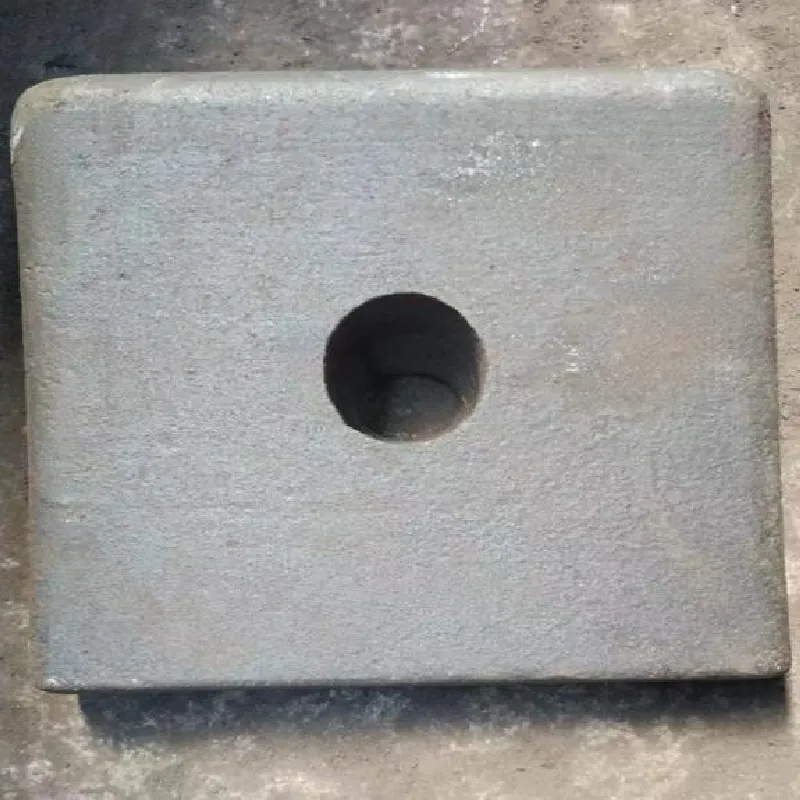
Manufacturer Comparison, Customization, and Case Studies
When sourcing a chromium carbide liner, discerning buyers recognize that not all manufacturers deliver the same level of quality, precision, or customization capabilities. Leading manufacturers distinguish themselves through rigorous adherence to international standards like ISO and ANSI, coupled with extensive experience and deep metallurgical expertise. A critical differentiator lies in the ability to offer tailored solutions, recognizing that a "one-size-fits-all" approach rarely suffices for complex industrial wear challenges. While many offer standard products, specialized suppliers can design and produce custom chromium carbide liner configurations based on specific operational parameters, including material characteristics, impact frequency, temperature variations, and geometry constraints. This bespoke approach ensures optimal fit and maximum performance for unique applications. For instance, in a recent project for a major cement producer, a customized chromium carbide liner design for their vertical roller mill, featuring optimized carbide distribution and specific surface finishes, extended the liner's service life by an additional 40% compared to off-the-shelf alternatives, resulting in an estimated annual savings of over $150,000 in replacement costs and lost production time. This success story underscores the value of technical collaboration and precise engineering in addressing wear challenges. Another notable application involves slurry pump liners in a large-scale mineral processing plant, where the shift from traditional manganese steel liners to engineered chromium carbide liner solutions led to a reduction in liner consumption by a factor of three, significantly impacting maintenance schedules and operational expenditure. These examples highlight that while the upfront cost of a high chromium alloy liner might be higher than that of conventional materials, the long-term total cost of ownership, driven by extended service life, reduced downtime, and improved operational efficiency, overwhelmingly favors the advanced solution, making the choice of an experienced and reputable manufacturer paramount for achieving these benefits.

Ensuring Trust: Quality Assurance, Support, and FAQs
Trust in industrial component supply is built on unwavering quality, transparent processes, and robust customer support. For a critical component like a chromium carbide liner, a reputable supplier will offer comprehensive quality assurance. This typically includes strict material traceability from raw input to finished product, adherence to certified quality management systems like ISO 9001, and exhaustive testing protocols, including chemical analysis, hardness testing, ultrasonic inspections for internal defects, and dimensional checks to ensure precise fit. Furthermore, a clear warranty statement, typically covering defects in material and workmanship for a defined period (e.g., 12-24 months from installation or shipment), provides an additional layer of confidence. Delivery cycle transparency is also crucial; clients expect clear communication regarding lead times, which can range from a few weeks for standard products to several months for highly customized chromium carbide liner solutions requiring new tooling and complex casting. Post-sales support is equally vital, encompassing technical assistance for installation, performance monitoring, and troubleshooting. This support ensures that clients maximize the investment in their high chromium alloy liners.
Frequently Asked Questions (FAQs)
- Q: How does a chromium carbide liner compare to traditional manganese steel liners in terms of wear life?
A: While manganese steel offers excellent work-hardening properties and impact resistance, a chromium carbide liner typically provides 3 to 5 times longer service life in applications dominated by severe abrasive wear due to its superior hardness (60-63 HRC vs. 20-35 HRC for as-cast manganese steel). The high volume of hard chromium carbides significantly reduces material loss from abrasion. - Q: Can chromium carbide liners be customized for specific equipment or unique geometries?
A: Yes, leading manufacturers specialize in producing custom chromium carbide liner solutions. This involves detailed engineering design, advanced casting techniques, and potentially CNC machining to meet precise dimensional and performance requirements for various industrial applications, ensuring optimal fit and wear efficiency. - Q: What industries primarily benefit from high chromium alloy liners?
A: Industries facing severe abrasive and erosive conditions are the primary beneficiaries. These include mining and mineral processing, cement and aggregate production, power generation (especially coal-fired plants), steel mills, petrochemical, and general heavy manufacturing where material handling and comminution are prevalent, showcasing the versatility of the chromium carbide liner. - Q: What is the typical lead time for ordering a chromium carbide liner?
A: Lead times vary depending on the complexity and customization required. Standard chromium carbide liner products might have shorter lead times (e.g., 4-6 weeks), while highly customized or large volume orders could extend to 12-16 weeks or more, factoring in design, mold creation, casting, heat treatment, and quality control processes. Reputable suppliers provide clear lead time estimates upfront.
Conclusion: The Future of Wear Protection
In an era where industrial efficiency and operational longevity are paramount, the chromium carbide liner represents a critical advancement in wear protection technology. Its unparalleled hardness and abrasion resistance, derived from a meticulously controlled manufacturing process, position it as the optimal choice for industries grappling with severe material wear. By significantly extending the service life of vital machinery components, these high chromium alloy liners not only reduce maintenance burdens and costly downtime but also contribute to substantial long-term economic savings and enhanced productivity. The shift from conventional materials like manganese steel to these engineered solutions is a testament to the industry's commitment to adopting more durable and efficient alternatives. As industrial processes continue to intensify and demand higher performance from their equipment, the role of advanced materials like the chromium carbide liner will only grow in importance, solidifying its status as an indispensable asset for ensuring operational continuity and optimizing total cost of ownership across diverse heavy industries. The ongoing research and development in metallurgical science promise even further enhancements in performance, ensuring that high chromium alloy liners remain at the forefront of wear-resistant solutions for the foreseeable future.
References
- ASM Handbook, Volume 1: Properties and Selection: Irons, Steels, and High-Performance Alloys. ASM International, 1990.
- Ghomi, H., Vahdati, M., & Khoram, M. (2014). Abrasive wear behavior of high chromium white cast irons. Journal of Materials Science and Technology, 30(1), 81-86.
- M. A. T. da Silva, A. M. Oliveira, & A. C. Arruda. (2016). Microstructure and mechanical properties of high chromium white cast irons. Materials Research, 19(5), 1083-1092.
- International Organization for Standardization (ISO) 9001:2015 - Quality management systems - Requirements.
- American National Standards Institute (ANSI) standards relevant to cast iron and wear-resistant components.
-
Expert Insights on Fabrica de Molinos de Bolas: Industry Trends & Global Applications
NewsNov.24,2025
-
Expert Insights on Fabricantes de Bolas de Molienda de Acero: Global Applications & Trends
NewsNov.23,2025
-
Leading Fabricantes de Bolas de Molienda: Your Ultimate Guide to Grinding Balls
NewsNov.23,2025
-
Fabricante de Bolas de Molienda – Quality Grinding Balls for Efficient Industry
NewsNov.23,2025
-
Trusted Proveedores de Medios de Molienda for Efficient Industrial Grinding
NewsNov.22,2025
-
Proveedores de Bolas de Molienda: Your Guide to Top Grinding Ball Suppliers & Industry Insights
NewsNov.22,2025
Realted Products

